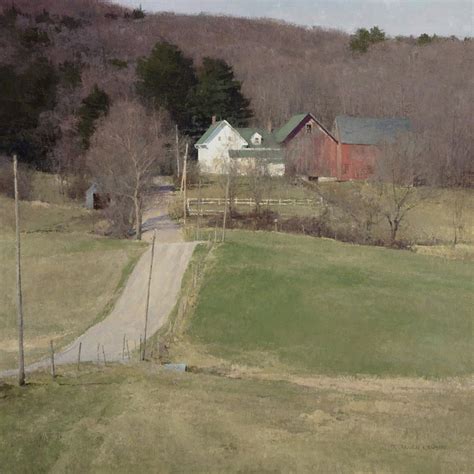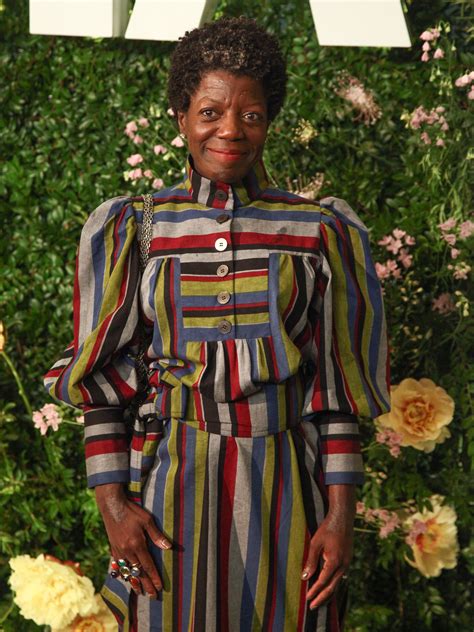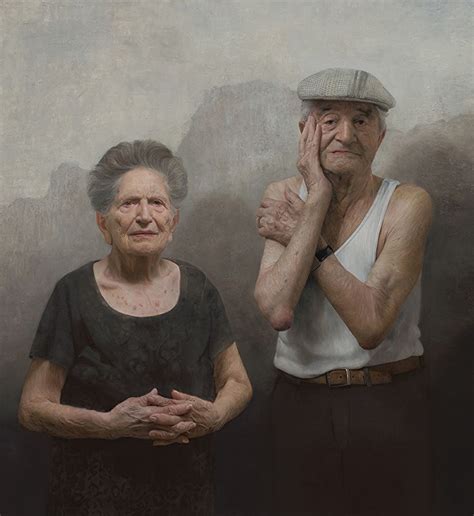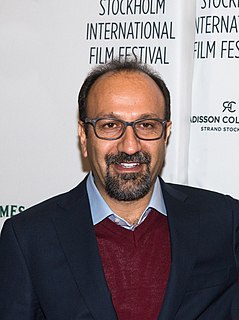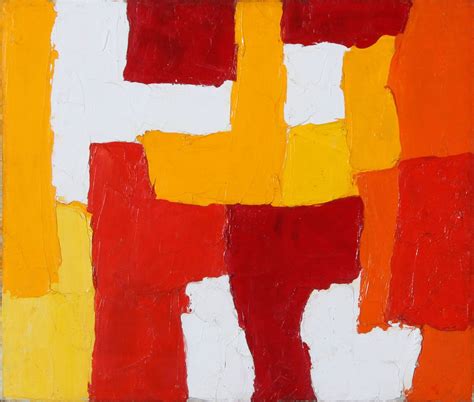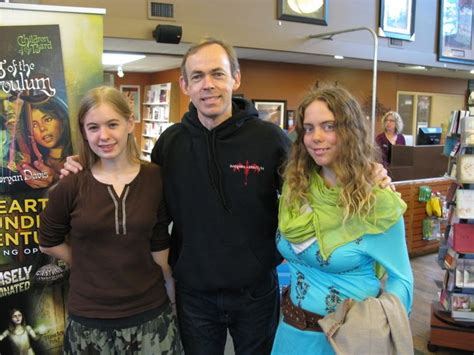A Quote by Kim Brooks
I have no choice but to admit that, for a while, I was a casual viewer of 'American Idol.' By 'casual viewer,' I mean I watched every episode aired between 2004 and 2007.
Related Quotes
I want my paintings to give the viewer a true sense of reality - that includes but is not limited to depth, scale and a tactile surface as well as the real sense of what the subject looks like and is feeling at the time that I painted them. There should be a discourse between the viewer and the subject, to feel as though they are in a way connected. My goal is not to set a narrative but rather to have the viewer bring their own experiences to the painting and the subject as they would if they had seen the subject on the street in real life.
I always feel that a viewer has an expectation about every moment of the film and where it's going, so if I act against that, I've created a twist. In fact, it becomes a kind of game with the expectations of the viewer. This is the superficial appearance. In the layer beneath, there is a hidden theme.
My popularity has to do with the divorce between modern art, where everything is obscure, and the viewer who often feels he needs a professor to tell them whether it's good or not. I believe a painting has to talk directly to the viewer, with composition, color and design, without a professor to explain it.
A lot of the pieces I've done over the years have involved alterations of scale and the idea of the viewer's relationship to the object and how we see things by either enlarging or reducing objects, it causes the viewer to look at them again. It's hard to do because our culture is so bombarded by images and media. How do you make something fresh for a viewer? That's a real challenge.
Casual?" Elam halted and crossed his arms. "My good horse, there's a big difference between casual and confident. I am aware of the danger, but......I want to maintain a confident mind-set in full assurance of faith, otherwise my heart might melt within me." ..... "Take care that your confidence does not swell into arrogance, for that is the downfall of every man of pride.
I was inspired by many teachers when I started my channel, Bob Ross being one of them. His voice was so soothing, almost like hypnosis. He was that great of a teacher, even the casual viewer could learn how to paint from watching his show. Growing up, I just remember him being so mesmerizing on screen.


